When it comes to park skiing, the best skis depend on what you’re looking for: agility, stability, or versatility. Shorter skis like Snowfeet Skiblades and Skiskates are changing the game, offering compact, lightweight designs perfect for spins, jumps, and quick transitions. Meanwhile, longer options like the Atomic Bent 100 and Line Chronic 94 deliver stability and proven performance for traditional park riders.
Here’s the quick breakdown:
- Snowfeet Skiblades (65 cm): Super portable, great for spins and tricks, $450.
- Snowfeet Skiblades (99 cm): Balances stability and agility, $490.
- Snowfeet Skiskates (44 cm): Ultra-compact, skate-like feel, $390.
- Atomic Bent 100: Classic park ski, stable, but bulkier.
- Line Chronic 94: Reliable for rails and jumps, but less nimble.
Quick Comparison
| Model | Length | Best For | Price |
|---|---|---|---|
| Snowfeet Skiblades (65 cm) | 65 cm | Beginners, quick tricks, easy transport | $450 |
| Snowfeet Skiblades (99 cm) | 99 cm | Intermediate riders, stability & tricks | $490 |
| Snowfeet Skiskates (44 cm) | 44 cm | Skate-like feel, compact, fun tricks | $390 |
| Atomic Bent 100 | 164-180 cm | Stability, all-around park performance | Varies |
| Line Chronic 94 | 164-171 cm | Rails, jumps, and technical moves | Varies |
For park skiers focused on agility and portability, Snowfeet’s short skis are a standout. If you prefer the stability of longer skis, Atomic and Line are solid choices. But for quick spins and easy transport? Snowfeet might be your new go-to.
The Best Park Skis For 2025 | Reviewed & Compared At Newschoolers Gear Week
1. Snowfeet* Skiblades (65 cm)
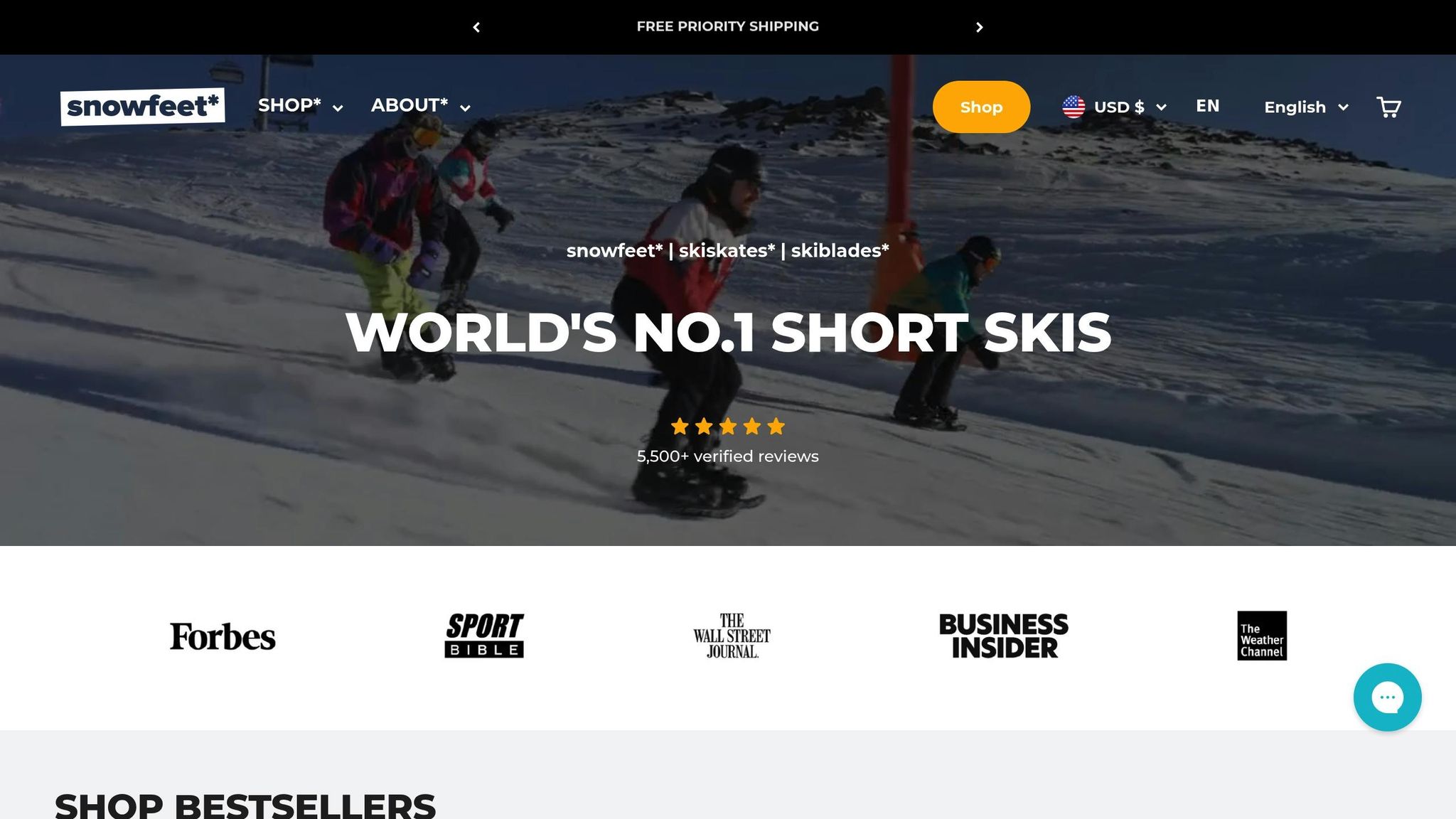
The Snowfeet* 65 cm Skiblades are compact park skis designed for riders who crave agility and precision. With a slim 11–9.5–11 cm profile, they’re far shorter than traditional park skis, making them perfect for quick movements and mastering tricks.
Maneuverability
At just 65 cm, these Skiblades redefine how you move through terrain parks. While longer skis require wide, sweeping turns, these let you pivot effortlessly. Quick transitions between rails, boxes, and jumps become second nature. Their compact size also shines in crowded parks or tight spaces where traditional skis might feel clunky.
Weight and Portability
One of the standout features of these Skiblades is how portable they are. Their small size means they can fit in a backpack, making transport and storage a breeze. Plus, their lightweight build reduces fatigue during park sessions and makes aerial tricks like spins and flips easier to pull off compared to heavier skis.
Performance on Rails and Jumps
With their short length, these Skiblades deliver precise control for rail slides and small jumps, making them an excellent choice for beginners working on new tricks. The reduced swing weight means rotations like 180s and 360s feel smoother, and transitions between tricks happen faster, helping you level up your park skills.
Price
Priced at $450, these Skiblades strike a balance between specialized performance and affordability - especially when compared to premium models that can cost over $600. Up next, let’s dive into what the 99 cm version brings to the table.
2. Snowfeet* Skiblades (99 cm)
The Snowfeet* 99 cm Skiblades take the compact design of the 65 cm model and stretch it out for better stability while keeping the quick, playful feel that park riders love. At almost 39 inches long and with an 11.5–8.5–11 cm profile, these Skiblades are built for park features like rails, jumps, and transitions without sacrificing agility.
Maneuverability
These Skiblades are all about quick reactions and tight turns. They let you pivot on a dime, which is a huge plus when you're moving between park features. Unlike traditional park skis from brands like Atomic or Line, which require wider turns, these are designed to keep things fast and dynamic. If you’re looking for more agility and less reliance on the stability of longer skis, these are a solid choice.
Weight and Portability
One of the standout features here is how lightweight and portable they are. You don’t need a roof rack or a massive ski bag to carry them around. Instead, they fit easily into a backpack, making them super convenient for transport - no more lugging around heavy gear.
Durability
These Skiblades are built to last, even in the rough-and-tumble environment of park riding. Each pair is handcrafted using sustainable wood sourced from the mountains of Europe. This construction ensures they can handle repeated impacts, making them a reliable option for aggressive use.
Performance on Rails and Jumps
The 99 cm length hits a sweet spot for riders of all skill levels - whether you're just starting out or already pulling off advanced tricks. The added stability helps with navigating uneven terrain and landing jumps, while the reduced swing weight makes rotations feel smoother. Plus, the 5 cm tip and tail provide just enough surface area for confident landings on bigger jumps.
Price
Priced at $490, these Skiblades offer a great mix of performance and value. With a 4.4 out of 5-star rating based on global reviews, they deliver pro-level park capabilities at a fraction of the price you'd pay for high-end traditional park skis from major brands.
3. Snowfeet* Skiskates (44 cm)
The Snowfeet* Skiskates, measuring just 44 cm, are the most compact option in the park ski category. They bring a fresh twist to freestyle riding by blending skiing and skating into one fun, dynamic experience.
Maneuverability
These Skiskates are all about agility. Compared to traditional park skis from brands like Rossignol or Head, they feel feather-light and incredibly nimble. Their short length creates a "skating-on-snow" vibe, opening up trick options that longer skis just can't handle. Plus, the smaller surface area makes aerial moves smoother and easier to pull off.
Weight and Portability
Thanks to their compact design, these Skiskates are super lightweight and easy to carry. Forget about lugging around bulky ski bags or dealing with roof racks. You can toss them in a backpack and go. This portability not only saves energy during long sessions but also makes storage at home or on the road a total non-issue. It's a perfect match for the quick, responsive performance Snowfeet* is known for.
Durability
These Skiskates are built tough, designed to handle the rough-and-tumble of park riding. They're handmade in Europe using certified sustainable wood and feature cap construction, steel edges, and a sintered base that stands up to repeated impacts from tricks and jumps. Reinforcing layers add even more strength, so you can count on them to keep up with the demands of terrain parks.
Performance on Rails and Jumps
Taking inspiration from Skiblades, the Skiskates push freestyle riding to new levels. Their design allows for lateral skating motions, opening doors to tricks that go beyond traditional downhill skiing. As Zbyněk, the founder of Snowfeet*, puts it:
"In my opinion, Skiskates is the best product for slopes we developed so far. I love how easy they are to ski and skate and how many different kinds of tricks I can perform without much effort and almost no restrictions."
The design minimizes edge catching, making it easier to mix skating techniques with classic ski moves for a seamless ride.
Price
Starting at $390, the Skiskates deliver a unique park experience at a great price point. With a glowing 5.0 out of 5-star customer rating, they offer a solid mix of versatility, durability, and the chance to master a blend of skiing and skating skills.
4. Atomic Bent 100
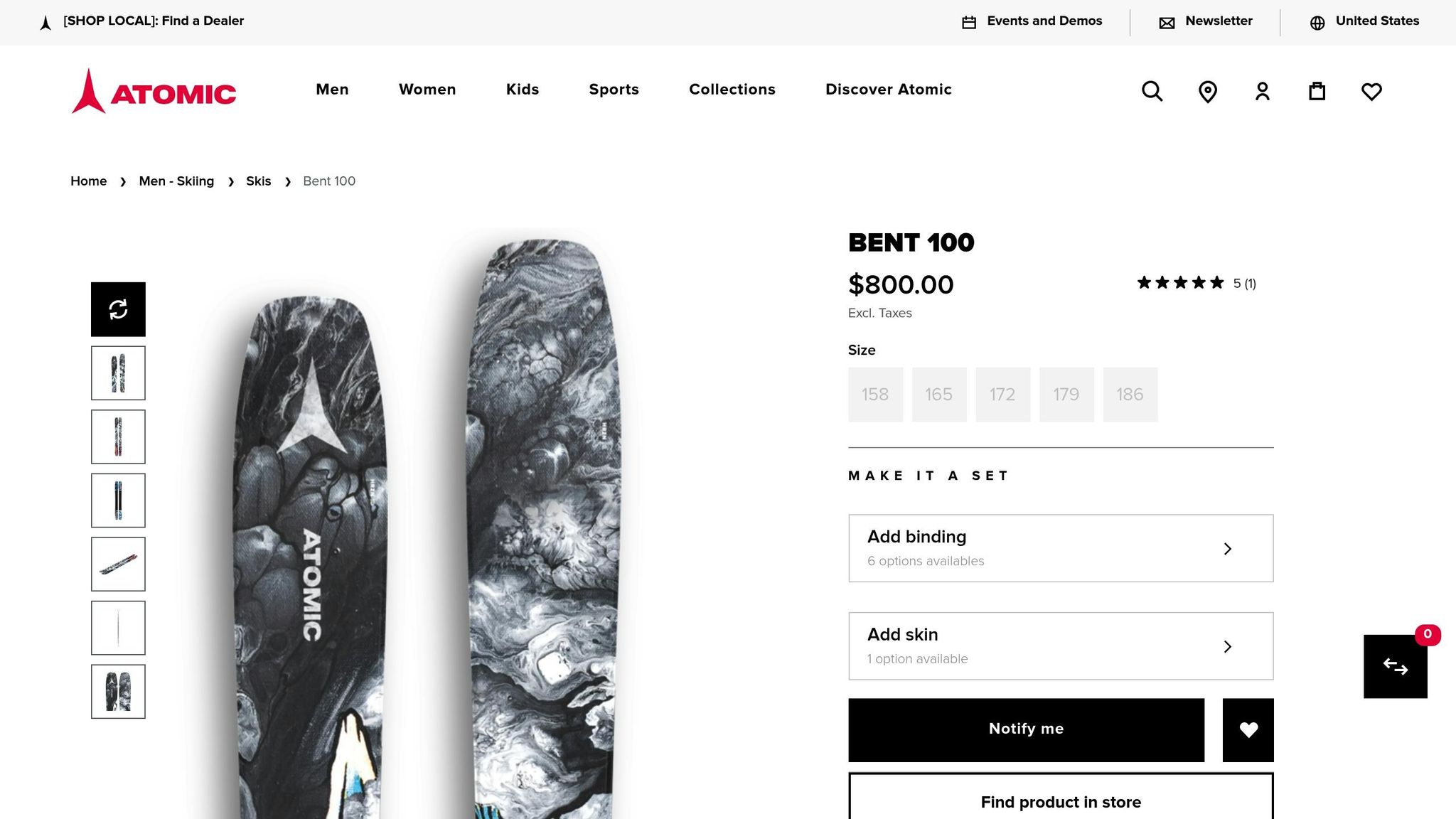
The Atomic Bent 100 is a classic park ski designed for freestyle enthusiasts. It delivers dependable performance but doesn't quite match the quick, nimble feel of the shorter Snowfeet* models. Its longer length provides stability but also highlights some limitations that Snowfeet* designs have cleverly addressed.
Maneuverability
Thanks to its lightweight build, particularly in the tips and tails, the Bent 100 handles well for a traditional-length ski. Its smooth turn radius is great for carving off jumps, and the profile works nicely for buttering. That said, it doesn’t have the quick, effortless direction changes that the 44 cm Skiskates from Snowfeet* offer. The Bent 100 demands more commitment when initiating turns, and its longer design makes it less agile for quick skating motions. This difference becomes even more noticeable when considering the added weight and bulk required for transport.
Weight and Portability
Weighing in at 1,886–1,925 grams for the 186 cm version, the Bent 100 is impressively light for a traditional park ski. Its low swing weight makes spinning on and off rails easier, which is a big plus for freestyle skiers. However, unlike Snowfeet* models that can fit in a backpack, the Bent 100 needs a ski bag or even a roof rack for transport. This makes Snowfeet* products a lot more convenient for those who value portability and ease of use.
Performance on Rails and Jumps
Tester Jordan Condon had this to say about the Bent 100:
"Super fun ski to rip in the park. Nimble on rails and floaty on jumps. This ski has a light swing weight, making it easy to swap and spin onto/out of rails. They have a fun profile for pressing and nollies, even if they aren't the softest".
While the Bent 100 shines with its light swing weight and solid park performance, its longer length limits some of the creative trick possibilities and lateral skating motions that Snowfeet* products excel at. For skiers focused on inventive tricks and compact convenience, the Bent 100 might feel a bit traditional in comparison.
sbb-itb-17ade95
5. Line Chronic 94
The Line Chronic 94 stands out as a classic park ski, offering dependable freestyle performance while showcasing some key differences from Snowfeet*’s compact designs.
Maneuverability
The Chronic 94 handles smoothly and delivers predictable turns, but its longer length means you'll need a bit more effort for quick pivots compared to Snowfeet*. Its symmetric flex pattern is great for freestyle tricks and riding switch, making it a solid choice for technical moves. However, the traditional ski design demands more commitment for fast direction changes. Tester Matt McAlary summed it up perfectly:
"It feels like a park ski that wants to make the whole mountain a park".
That said, its agility is noticeably different when you factor in setup and transport, which we’ll dive into next.
Weight and Portability
Each Chronic 94 ski weighs 1,920 grams and measures between 164–171 cm in length. That means you’ll need a ski bag or roof rack to haul them around. Spontaneous trips? Not as easy. On the other hand, Snowfeet* products are so compact they can slip into a backpack, making travel a breeze. This portability gives Snowfeet* a clear edge for skiers who value convenience and light packing.
Durability
The Chronic 94 is built tough, featuring Thick-Cut Sidewalls, Thin Tip technology, and Bio-Resin bonding. It holds up well against rail impacts, but its longer design can create more leverage forces compared to the compact build of Snowfeet* gear. While the Chronic 94 is designed to take a beating, the added length can sometimes mean more strain on impacts.
Performance on Rails and Jumps
When it comes to park skiing, the Chronic 94 shines. It’s ideal for east-coasters, rail enthusiasts, and big jump aficionados. As Newschoolers.com puts it:
"The Chronic 94 is going to be the ideal park ski for an east-coaster, rail rat, or jump jock. It's even a great street weapon".
That said, its longer length makes it less nimble for the quick, skating-style moves that shorter skis - like Snowfeet* - are designed for.
Price
Traditional park skis like the Chronic 94 come with higher costs, factoring in both the skis themselves and the extra gear needed for setup. This makes them a pricier investment compared to Snowfeet*, which offers a more affordable and accessible entry point into freestyle skiing. So, while the Chronic 94 meets the needs of traditional park skiers, Snowfeet* products bring a fresh approach with portability and creative versatility.
Pros and Cons
Here’s a quick breakdown of the strengths and trade-offs for each option when it comes to rails and jumps:
| Ski Model | Pros | Cons |
|---|---|---|
| Snowfeet Skiblades (65 cm) | Ultra-portable (fits in a backpack), easy to learn in just minutes, perfect for quick tricks and spins, and priced at $450 | Less stable at higher speeds; struggles in deep powder |
| Snowfeet Skiblades (99 cm) | Strikes a great balance between agility and stability, ideal for carving and snowparks, still portable, and versatile across terrains | A bit pricier at $490; requires more effort compared to shorter models |
| Snowfeet Skiskates (44 cm) | Extremely agile for jumps and tricks, the lightest option, works with any winter footwear, and offers a skating-like experience | Takes some adjustment for traditional ski users; limited top-end speed |
| Atomic Bent 100 | Durable and dependable for park skiing, great for heavy rail use, and stable at higher speeds | Bulky, harder to transport (needs a ski bag), and involves extra setup costs |
| Line Chronic 94 | Classic freestyle ski with symmetric flex, great for switch riding | Longer length (164–171 cm) makes quick turns harder and adds to overall cost |
Snowfeet products shine when it comes to agility. Their compact designs make quick spins and tight turns a breeze, something that traditional skis often struggle with. As Andrew B. put it:
"These skiblades are so much fun and easy to control. Never going back to regular skis."
When comparing costs, don’t forget to factor in extras. Traditional skis often come with added expenses for bindings, boots, and transport gear. In contrast, Snowfeet Skiblades (starting at $450) and Skiskates (from $390) are ready-to-go options that work with your current winter footwear.
What really sets Snowfeet apart is how they expand the possibilities for park skiing. Sure, conventional skis dominate on groomed slopes and resort terrain parks, but Snowfeet gear thrives in unexpected places - hiking trails, sledding hills, even your backyard.
That said, traditional skis still hold their ground in areas like high-speed stability and deep powder. But for those focused on creative tricks and park-style skiing, Snowfeet’s shorter, more nimble designs often make those trade-offs worth it.
Conclusion
When it comes to rails and jumps, shorter skis have a clear edge. Snowfeet products consistently outshine traditional long skis from well-known brands like Atomic, Rossignol, and Head when it comes to freestyle skiing.
Take the Atomic Bent 100, for example. These traditional park skis, ranging from 164 to 180 cm, require a lot of effort for spins and quick turns. In contrast, Snowfeet's compact designs make transitions feel effortless. As the Snowfeet team explains:
"Snowblades are awesome for most recreational skiers who just want to have a good time... They're also fantastic if you're just getting into skiing or don't ski super often – they're easier to control and way less intimidating."
This agility doesn’t just improve trick execution - it can save you money, too. Budget-conscious riders will appreciate the Snowfeet Skiblades (65 cm) priced at $450, which combine portability, control, and playfulness. These skiblades fit in your backpack and eliminate the need for extra gear like bindings or special boots. Compare that to traditional park skis, where the total cost, including bindings and transport gear, can easily exceed $800-1,000.
For intermediate to advanced park skiers, the Snowfeet Skiblades (99 cm) at $490 offer a great mix of versatility and performance. Meanwhile, beginners and trick lovers should check out the Snowfeet Skiskates (44 cm). Their ultra-short length makes spins and grabs feel second nature.
Shorter skis are changing the game in park skiing. Instead of wrestling with long, cumbersome gear, you’re equipped with tools built for quick transitions and the dynamic moves that define freestyle. With better control and reduced swing weight, shorter skis make it easier to progress and, most importantly, have a blast on the slopes.
FAQs
What makes shorter skis like Snowfeet Skiblades and Skiskates better for park tricks and jumps compared to traditional skis?
Shorter skis like Snowfeet Skiblades and Skiskates are a game-changer for park skiing. Why? They're lightweight, super easy to control, and incredibly maneuverable. This makes pulling off tricks, sliding on rails, and sticking your landings feel effortless. Plus, their compact design means you can whip through turns and enjoy a level of agility that feels downright playful.
Now, compare that to traditional longer skis. Those are built for speed and stability on groomed trails or deep powder, but they can feel bulky and awkward in a terrain park. Snowfeet products, on the other hand, are portable and versatile, giving you the freedom to have a blast without lugging around the heft of regular skis.
How do Snowfeet Skiblades and Skiskates improve agility and performance for park skiing?
Snowfeet Skiblades and Skiskates: Built for Park Skiing Fun
Snowfeet Skiblades and Skiskates are all about agility and control, making them a dream for anyone into park skiing. Thanks to their ultra-short length and lightweight design, these little powerhouses let you pull off sharper turns, nail quicker spins, and stay in control on rails and jumps like never before.
Unlike traditional long skis, Snowfeet's compact size makes them way more playful and easy to handle. Freestyle skiers can experiment with tricks confidently, while also enjoying the added perk of portability. Toss them in your bag, and you're ready to hit the terrain park and push your skills to the next level.
How do beginners choose between Snowfeet Skiblades and Skiskates for park skiing?
For those just starting out, deciding between Snowfeet Skiblades and Skiskates really comes down to what you want to focus on in the park. If stability and confidence on rails or jumps are your main goals, the Snowfeet Skiblades (120 cm) are a solid pick. Their longer length gives you better balance, making them great for building confidence.
On the flip side, if you’re all about quick maneuvers and lightweight gear for nailing tricks, the Snowfeet Skiskates (44 cm) are a fantastic choice. They’re super easy to control and incredibly portable, which makes them perfect for experimenting and learning new moves.
Both options are built to make freestyle skiing more approachable and fun. Whether you’re after stability or agility, Snowfeet gear offers a playful twist on traditional skis, giving you the freedom to enjoy the slopes your way.

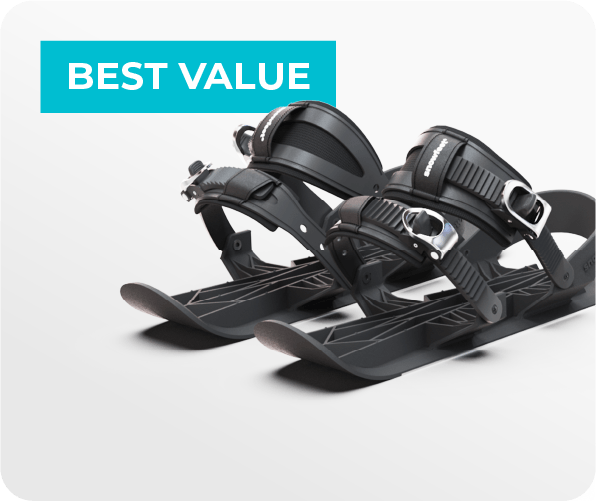



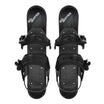
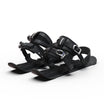
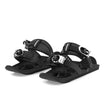
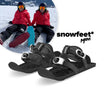
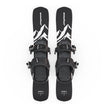
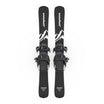

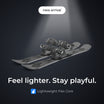
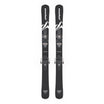
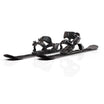
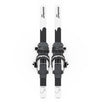


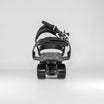

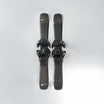



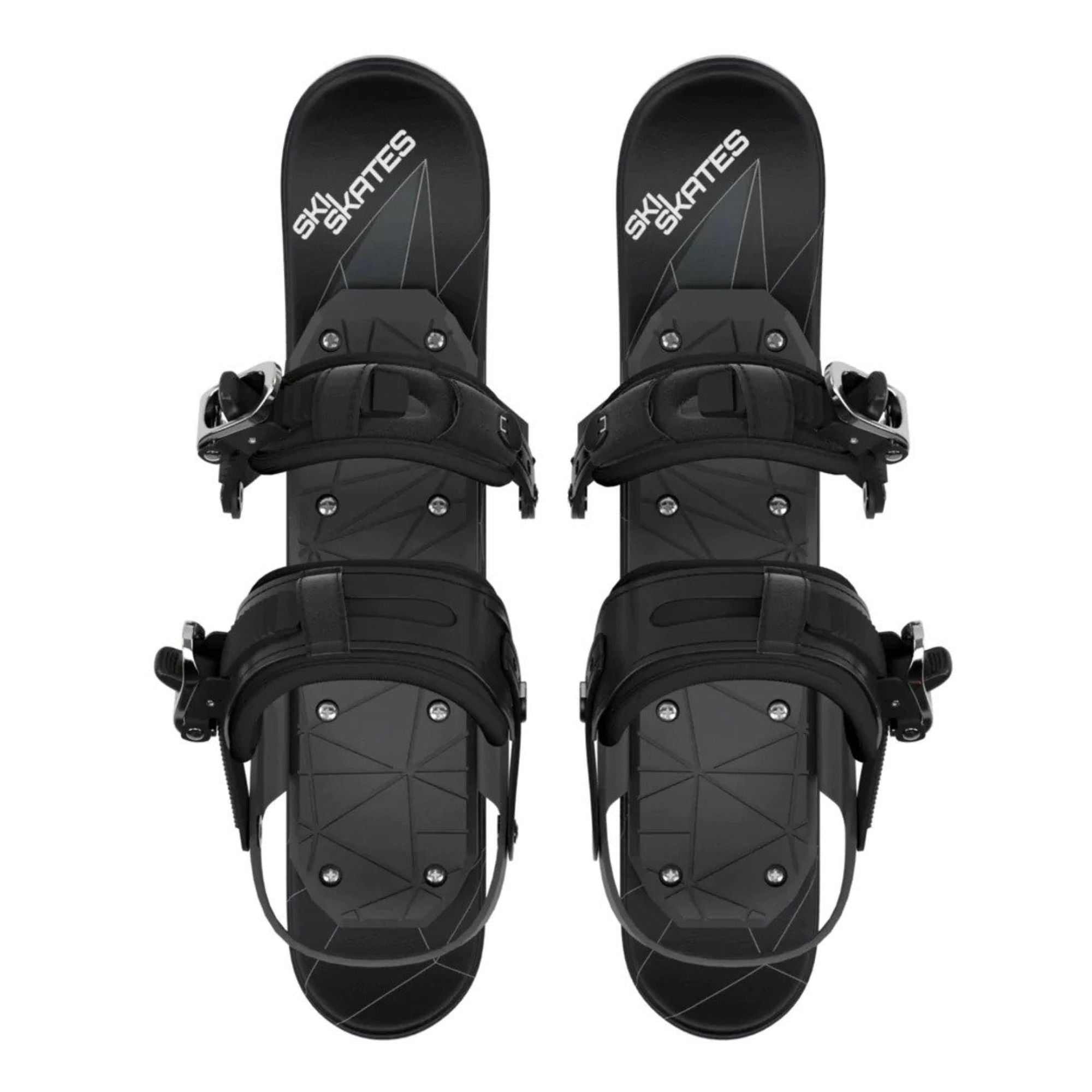
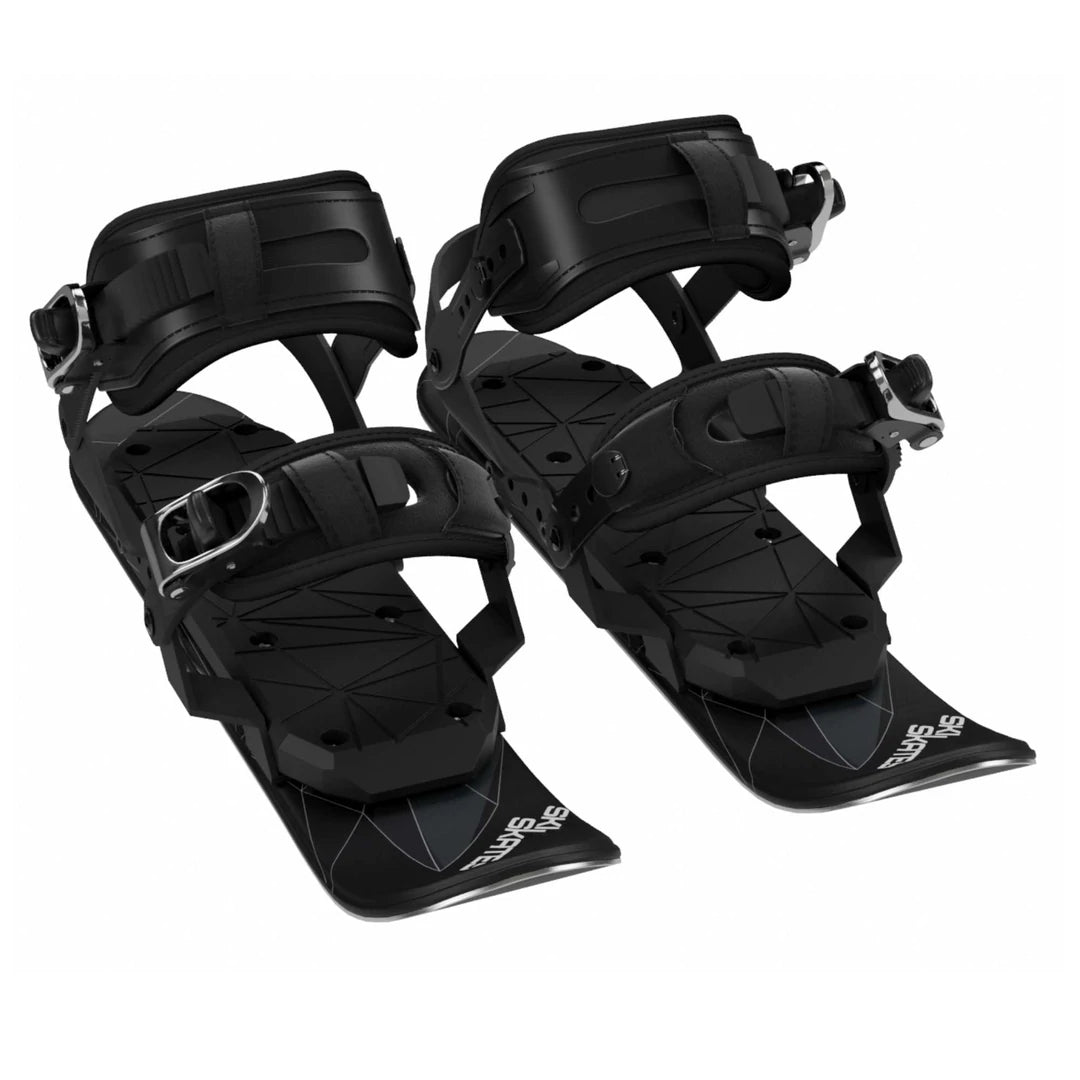
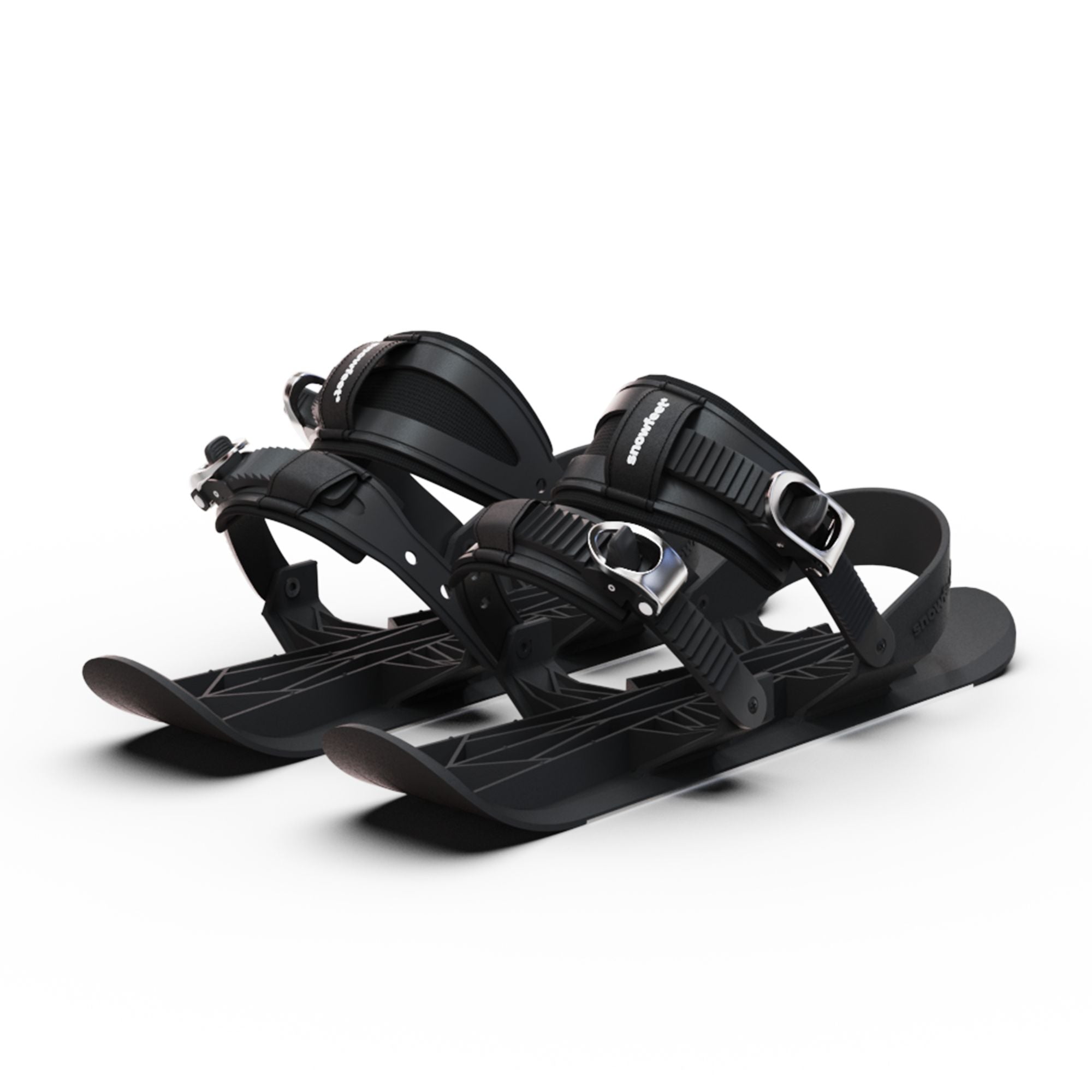

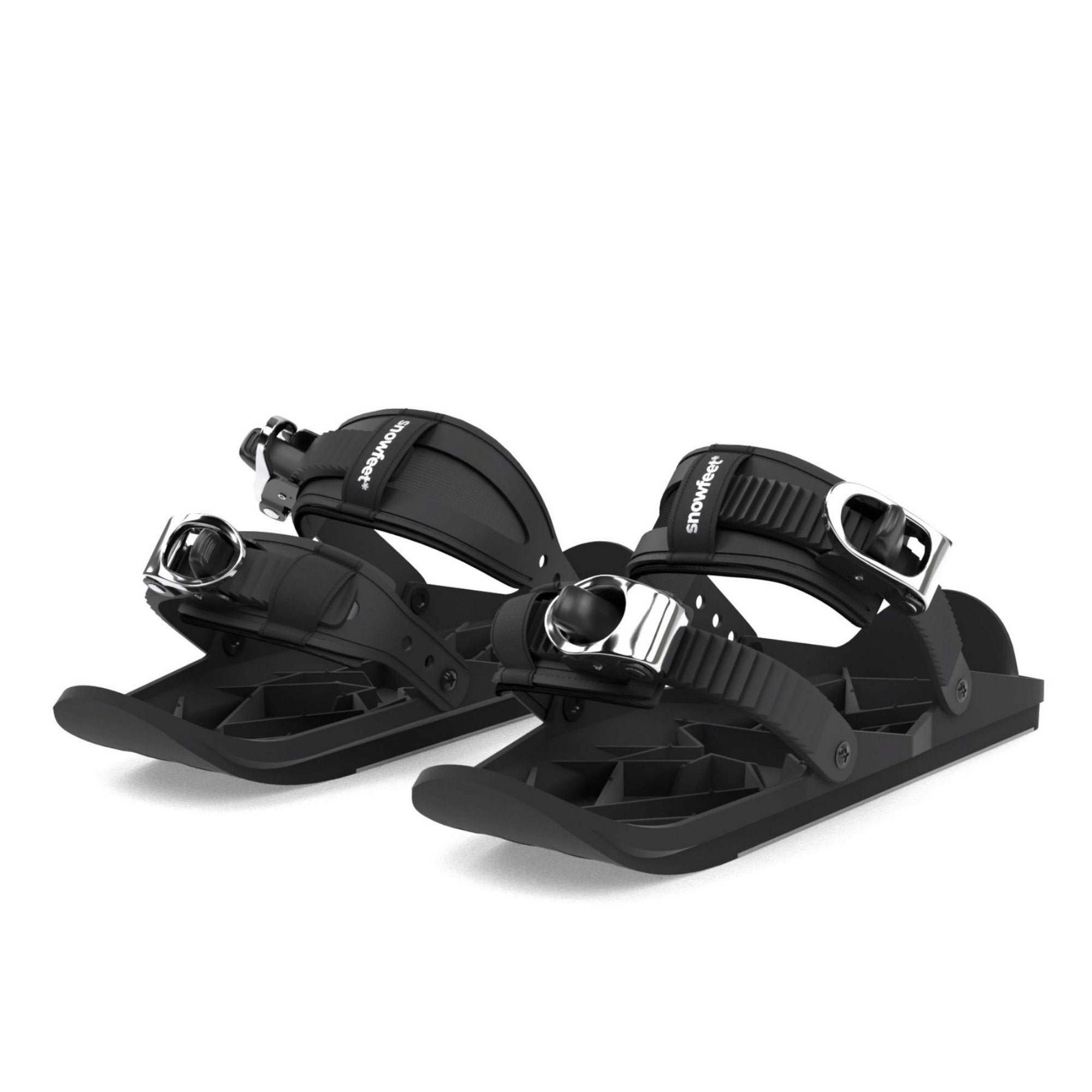
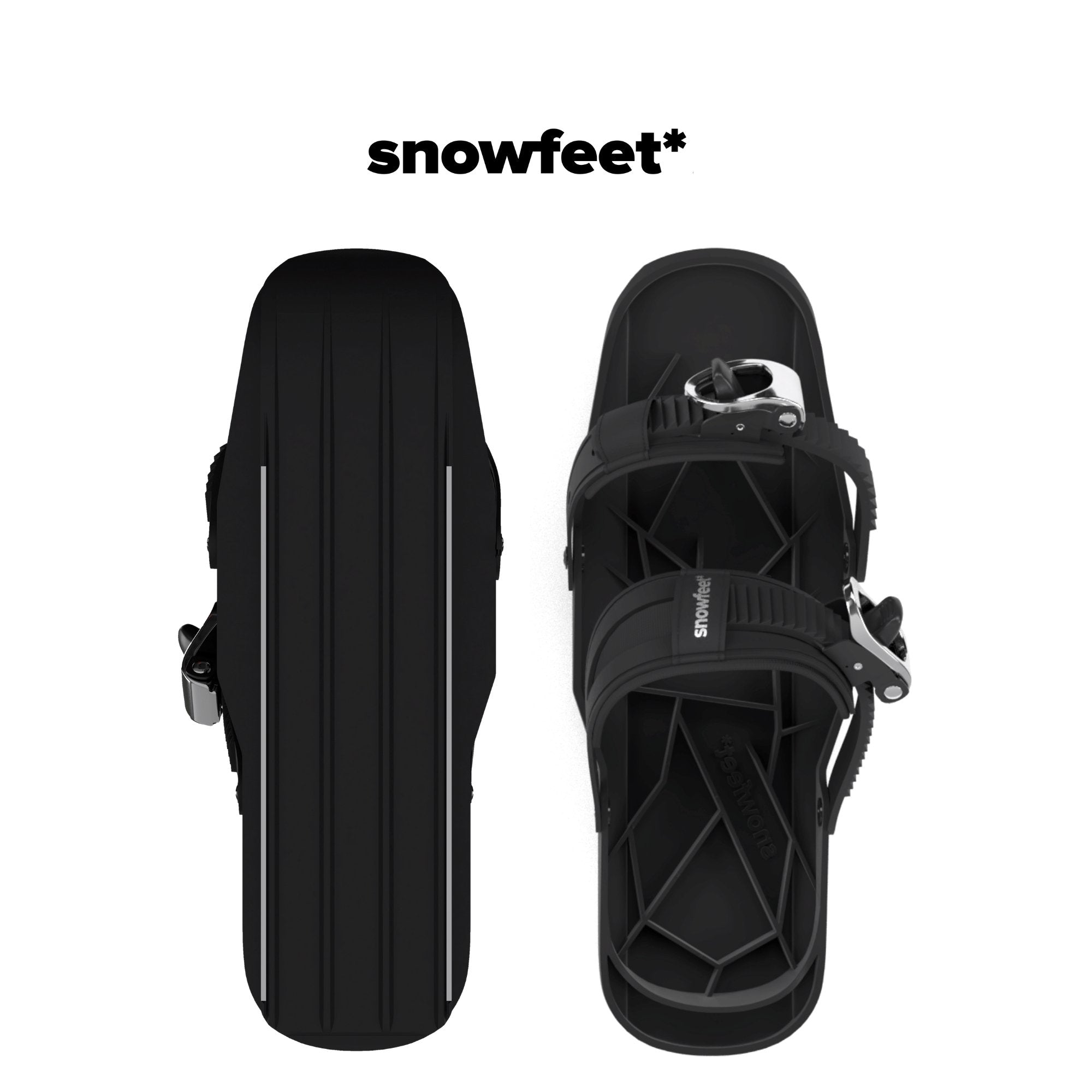
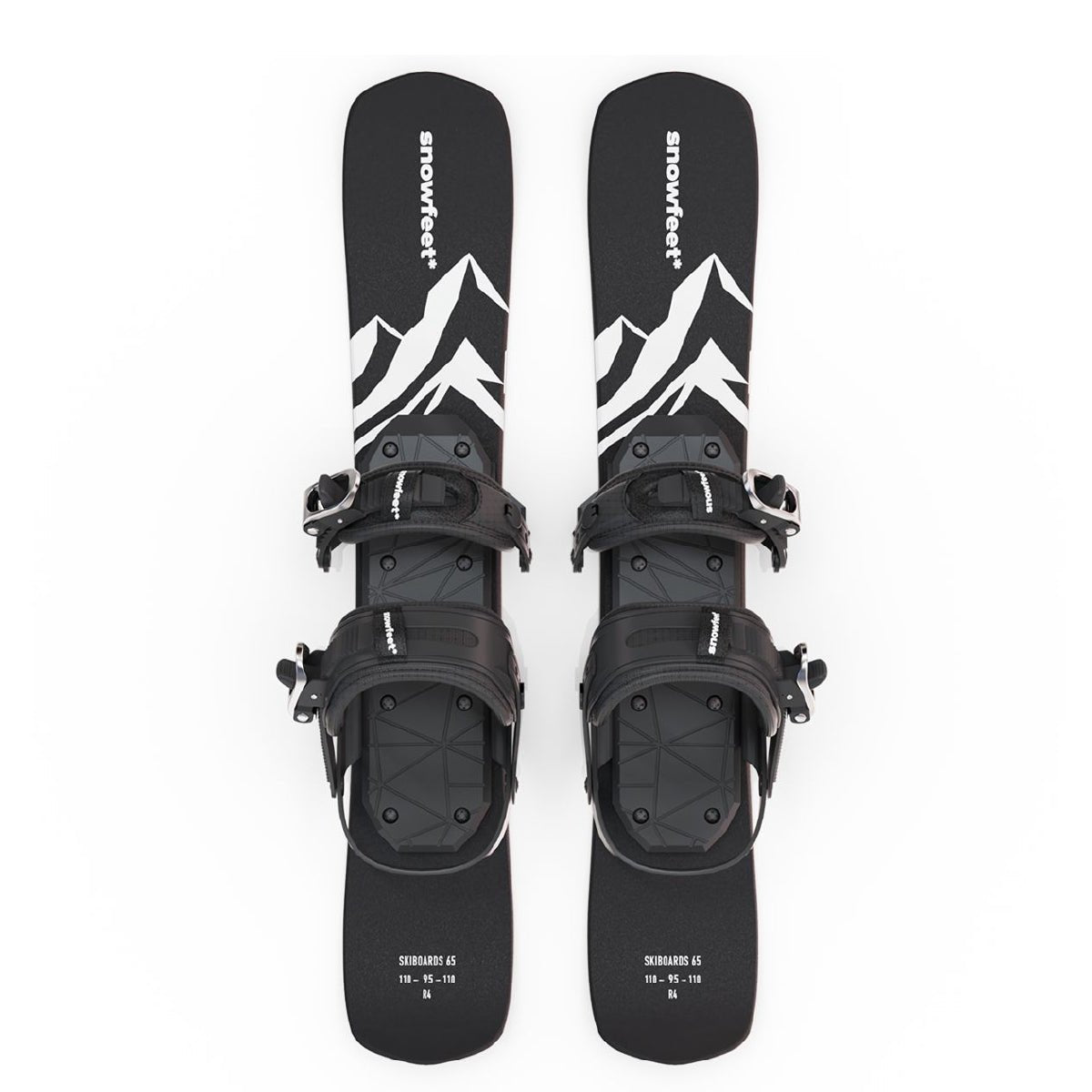
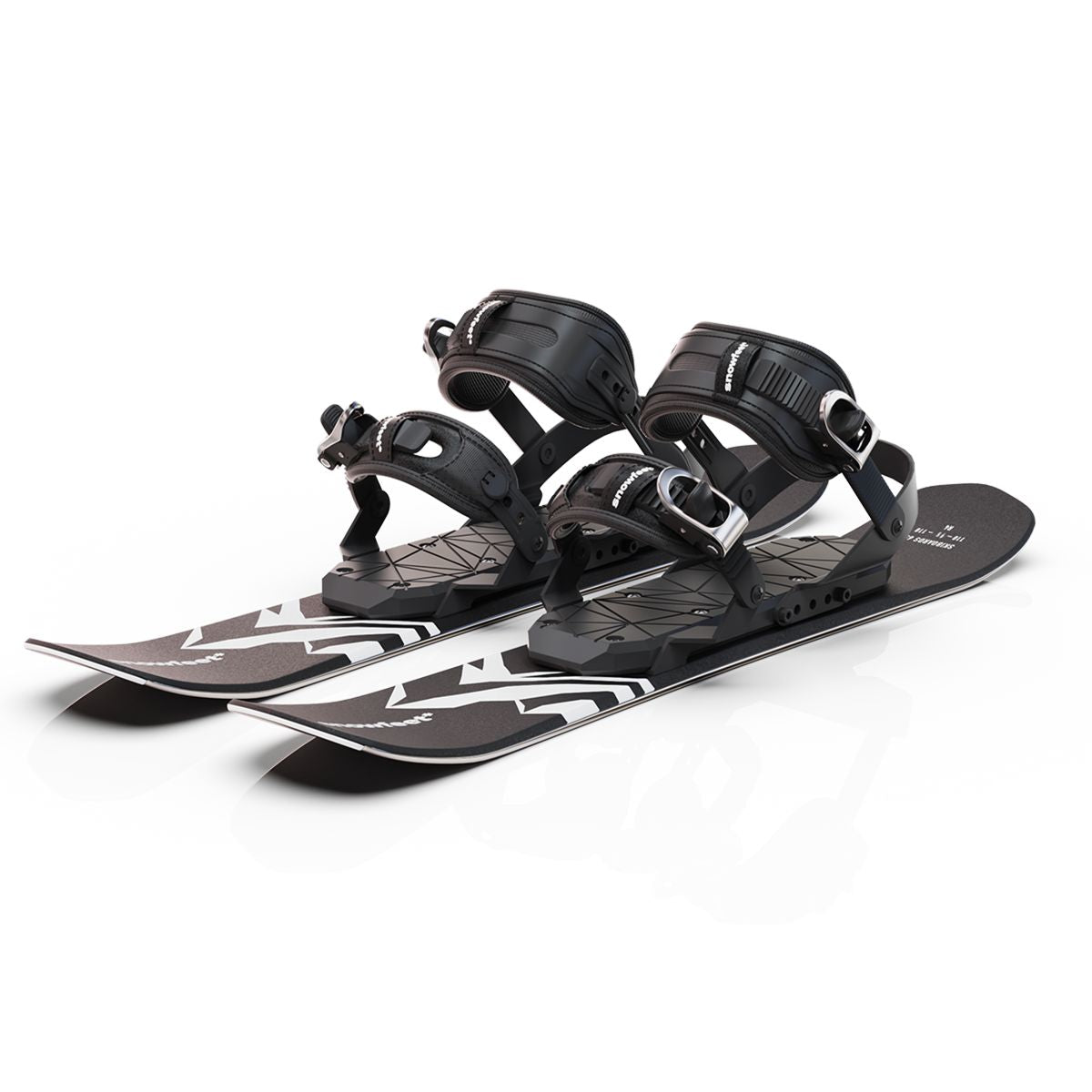
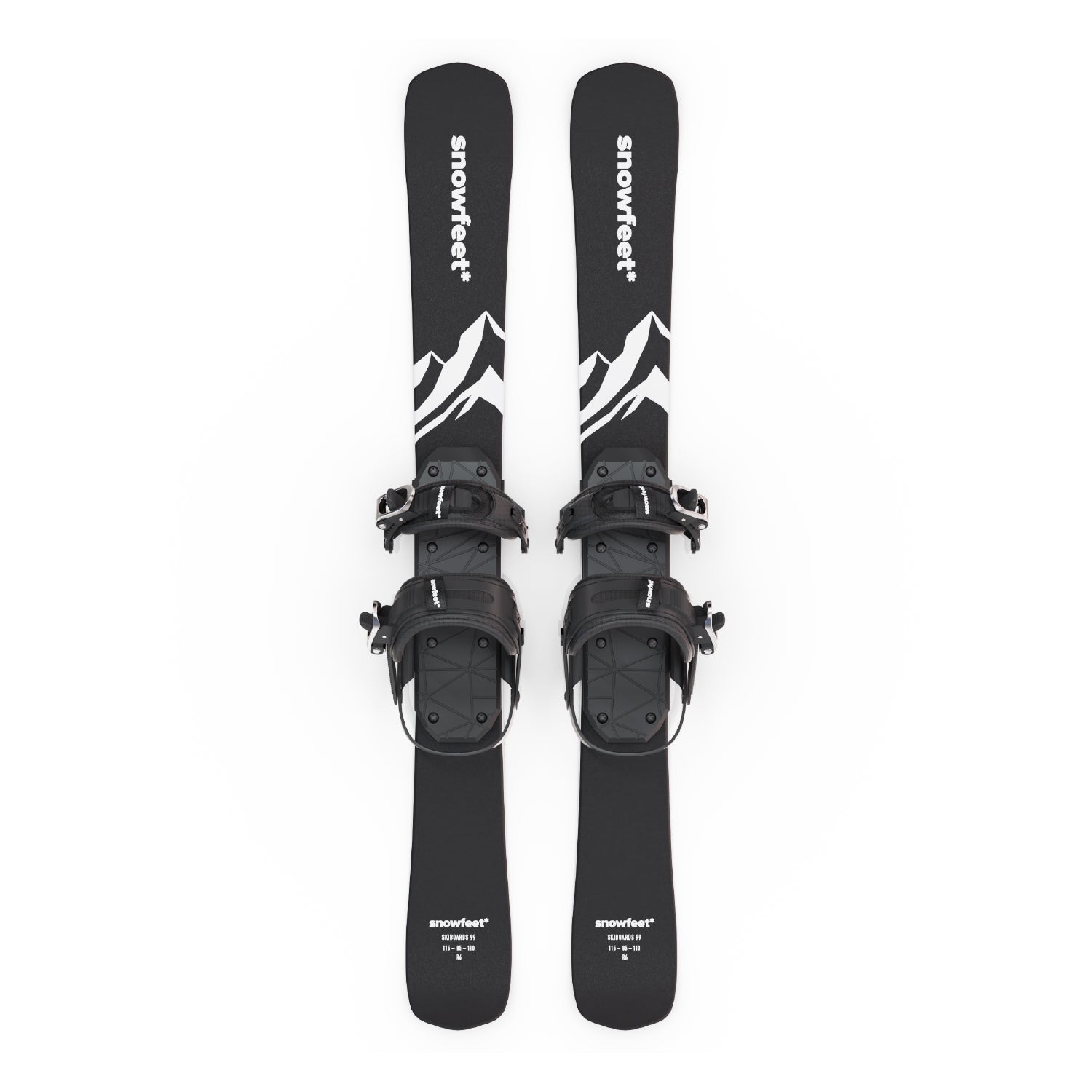
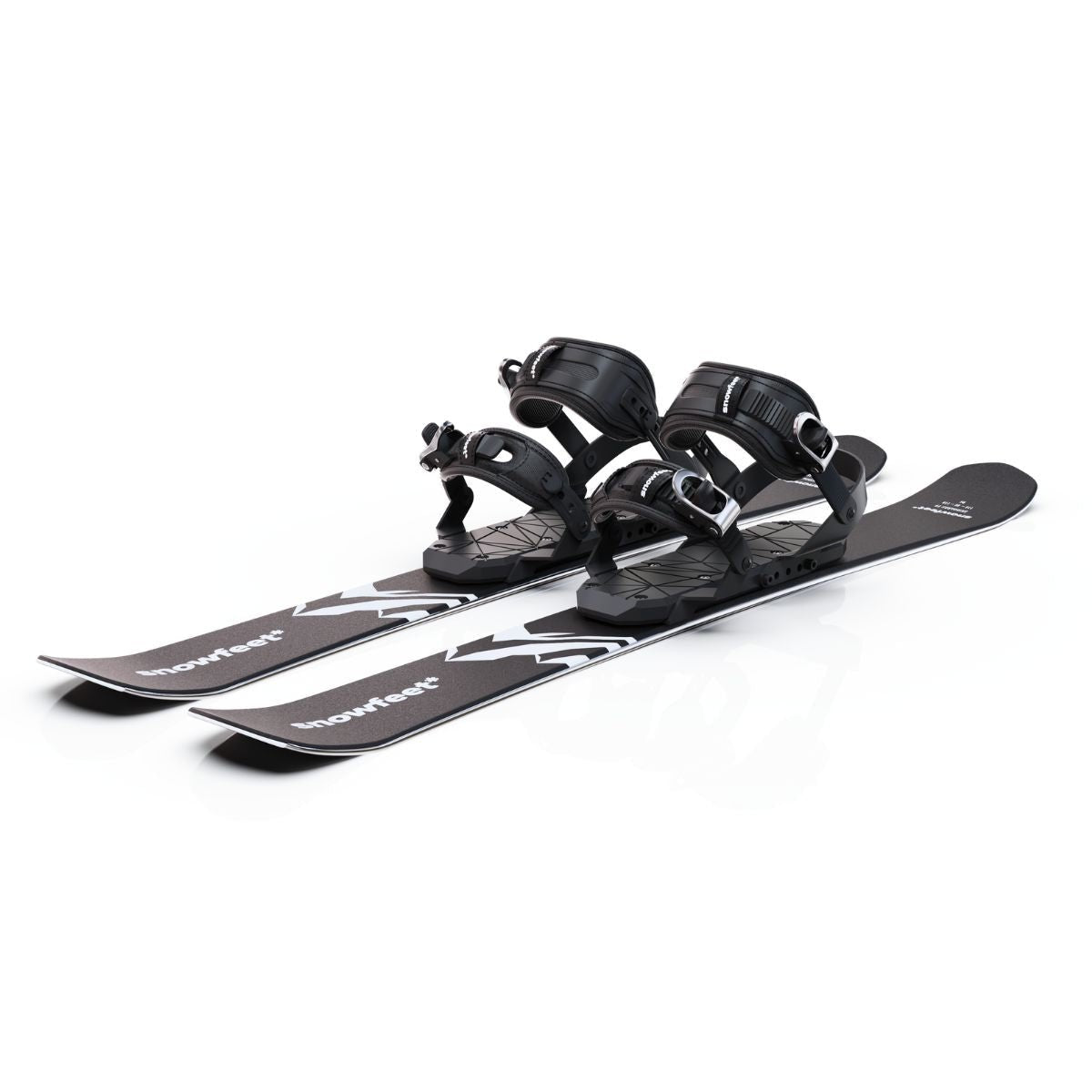
Leave a comment
This site is protected by hCaptcha and the hCaptcha Privacy Policy and Terms of Service apply.